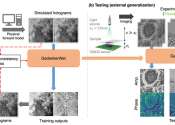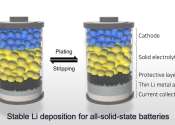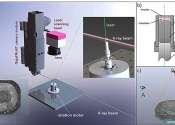First-of-its-kind cosmic ray sensor successfully observes tsunami waves
Highly energetic particles called muons are ever present in the atmosphere and pass through even massive objects with ease. Sensitive detectors installed along the Tokyo Bay tunnel measure muons passing through the sea above ...
Apr 13, 2022
0
200









